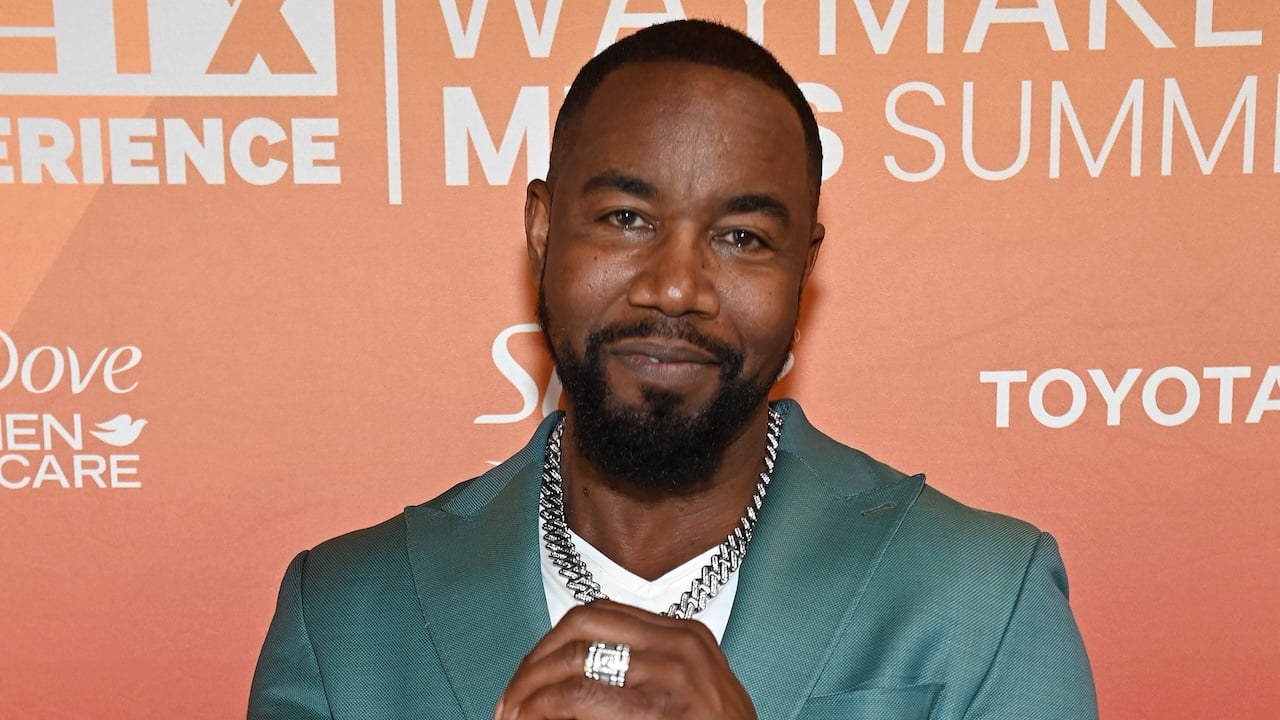Although divorce rates have generally fallen, they are still rising among adults aged 50 and older. The authors of a 2012 Journals of Gerontology study dubbed the trend “gray divorce” when their findings identified the divorce rate among that demographic had doubled from 1990 to 2010. Later studies from Bowling Green State University’s National Center for Family & Marriage Research further tracked the phenomenon. Their study found that the divorce rate from 1990 to 2021 increased by three times among those aged 65 and older.
Why do people opt to divorce later in life? Certainly, longevity plays a role. Since American women live an average of 79 years, some women may opt for divorce around age 50 rather than living another 29 years in an unhappy marriage.
Gray divorce and financial dynamics
Nancy Hetrick, a certified divorce financial analyst and the founder and CEO of Smarter Divorce Solutions, says she also often sees clients aging differently—men tend to choose more sedentary lives while women remain active and more engaged later in life. The Women’s Liberation Movement has also had an impact, she observes. “When I meet with these women independently, they’re like, ‘I’m done. I’m done being someone’s slave. [And] I’m done being someone’s caregiver. I’m done being told what I can do and what I can’t do.’”
Additionally, Hetrick saw the COVID-19 pandemic playing a role in divorce rates—when partners were isolated in the home, relationship dynamics came into clear focus.
While divorce can be financially disruptive at any age, the stakes are higher among this age group, which is closer to or is already living in retirement. In this phase, splitting income and assets can have more perilous impacts for divorcing peoples’ abilities to support themselves—particularly women.
Chris Chen, a Boston-based certified divorce financial analyst with Insight Financial Strategists observes that his clients’ primary concerns are whether there will be enough money to support themselves after divorce. “In most of the cases, the wife is the one who makes less money,” he says. “And she’s very scared about what is going to happen afterwards.” Divorce, Chen adds, is therefore “an act of courage.”
The financial dynamics of divorce can also play out differently among those experiencing early gray divorce—between age 50 and retirement age—and later divorce during retirement—age 67 and older. However, there are some common approaches.
Gray divorce among 50-somethings
People in their 50s are likely still earning an income. Because of this, their divorces look different than those of people in retirement. “They’ve been planning [for] retirement as a couple,” Hetrick says. “Now they each have half as much money. But they’re still that close to retirement. So now they’re behind. They may have to work longer, [and] they may have to save more, to even get to the point where they can retire.”
Although some may think child support isn’t relevant in this age group, Chen claims that because women are increasingly having children later in life, child support for minors can still be a divorce discussion point for 50-somethings.
In this age group, even if one spouse earns more than the other, alimony is less likely to be awarded. Nor is it a long-term solution. “Alimony is going the way of the dinosaur,” Hetrick says. Divorce was once seen as the breach of a lifetime contract. Alimony was intended to make someone whole based on that contract.
“Fast forward 50 years. Women are not financially dependent on men anymore,” Hetrick adds. “And multiple marriages are the norm. Now it’s not ‘til death do us part;’ it’s ‘marriage until it’s not fun anymore.’ So, in almost every state now, alimony is awarded on a rehabilitative basis, just long enough for the recipient to become self-sufficient.”
Gray divorce and self-sufficiency
Judges determine the amount needed to be self-sufficient, not the divorced person. But that award is not necessarily tied to the marital standard of living. Alimony is seen as a runway to another future and may only be granted for a short period of time. This is order to allow the recipient to go back to school and earn a certificate or degree that makes them more employable or find stable employment.
“Health insurance is a key consideration for people in this age group,” Hetrick says. Often, one spouse carries the health insurance through their job. When a couple divorces, one spouse is left without insurance. If they divorce before the spouse is eligible for Medicare, that person may face formidable insurance costs. And often, because of their age, they may have ongoing or chronic health conditions to boot. Budgeting for health insurance is vital when determining spousal support and whether the division of assets will cover future expenses.
Gray divorce among retirees
When retirees divorce, neither is earning income. So, spousal support exits stage left. And the division of assets steps into the spotlight. If the division of assets isn’t sufficient to support each partner in their retirement, the divorcing parties must get creative.
Hetrick notes that another key issue is Social Security. If one partner spent a significant amount of time at home with children rather than working, their Social Security benefits can be significantly less than their spouse’s. This is even if they were later employed. That may not be equitable. So, sharing these benefits can be negotiated as part of the divorce agreement.
Marital housing
Housing is also vital to agree upon. If one partner stays in the marital home, a reverse mortgage—which Hetrick assures are now fully regulated and insured and are no longer the scam vehicles they were in the ‘80s—may become a viable option. The partner leaving the marital home may also want to consider a reverse mortgage purchase with the equity the home has gained. “It’s just a really wonderful piece of flexibility and creativity for these couples,” she says.
However, Hetrick also encourages older couples to consider if staying in a large home is the best path. A condo or independent living situation may be a better solution for this phase of life. “Maybe this is actually an opportunity for both of them to kind of reimagine the last phase of their lives,” she says.
Updating estate planning is also essential. If one partner remarries after a gray divorce without an up-to-date estate plan, their new spouse may be able to lay claim to all their assets. This can leave both their previous partner and all adult or minor children from that previous marriage in the lurch.
Recovering from gray divorce
Chen says that no matter his clients’ age groups, he asks his clients three questions:
- “Where are they [financially] today?”
- “Where are they going to be [financially] at the time of divorce?”
- “Where are they going to be [financially] 15 years after the divorce?”
To answer these questions, the divorcing partners must first understand how much they earn (gross pay vs. net pay), how much money they have in assets (including retirement accounts) and how much equity they have in their home. Assessing the partners’ financial earnings and assets is a requirement of the legal system. It’s also a valuable exercise to determine how to divide resources.
Dividing assets
Partners must also discuss asset division. This may be dramatically influenced by where they live. Community property states divide debts, assets and property equally, while equitable distribution states take a broader view on splitting financial holdings fairly.
“Whether couples arrive at where they want to be 15 years post-divorce is the measure of the financial success of the divorce,” Chen says. But getting there requires planning. Whether it involves advocating for alimony as a bridge, claiming a divorcing spouse as a dependent on health insurance, renting out the marital home to tenants as an income stream and downsizing. Or any other creative steps. Whatever the path, a financial divorce expert is a vital guide.
“[For] people getting a divorce over 65, this is the population that it is imperative that they involve a financial specialist,” Hetrick says. “Mistakes there are deadly—it can really set them up for some disasters.”
Photo courtesy of Prostock-studio/Shutterstock





